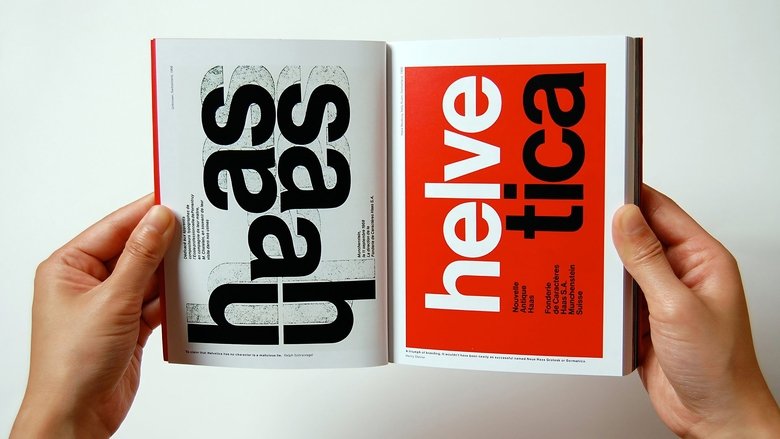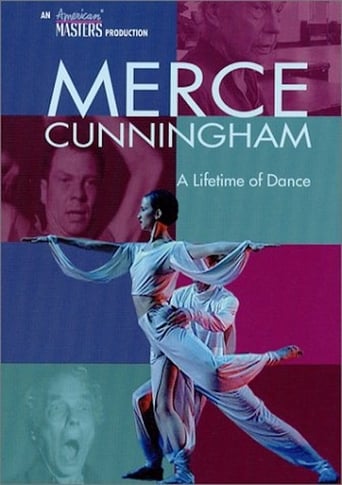
Helvetica is a feature-length independent film about typography, graphic design and global visual culture. It looks at the proliferation of one typeface (which will celebrate its 50th birthday in 2007) as part of a larger conversation about the way type affects our lives. The film is an exploration of urban spaces in major cities and the type that inhabits them, and a fluid discussion with renowned designers about their work, the creative process, and the choices and aesthetics behind their use of type.
Similar titles
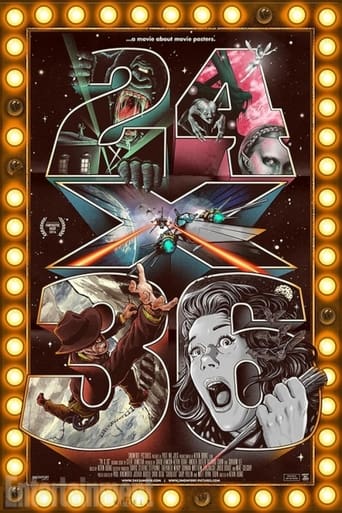
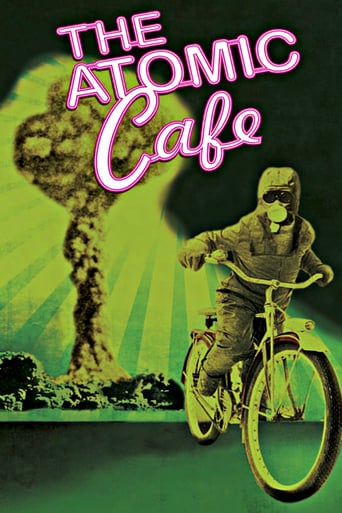
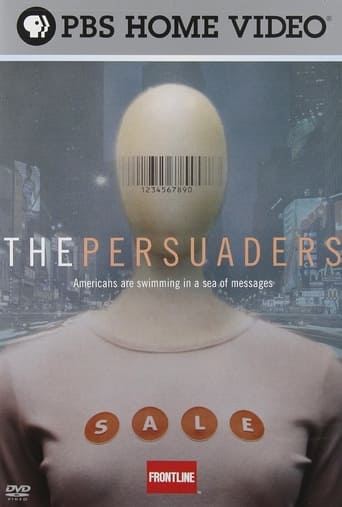

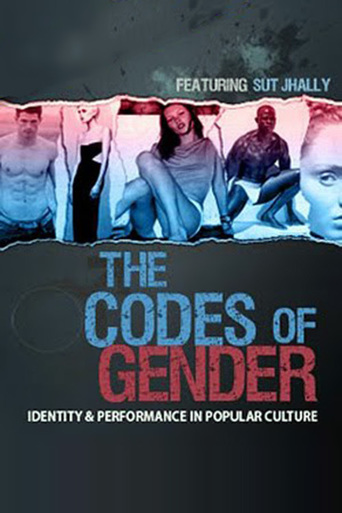
You May Also Like
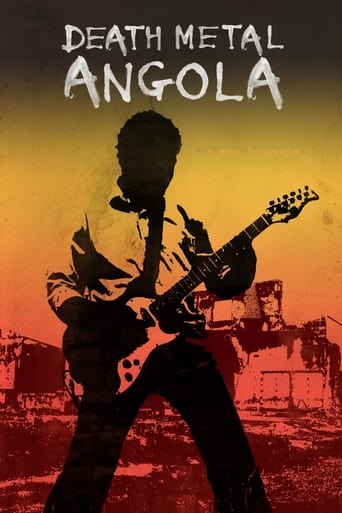
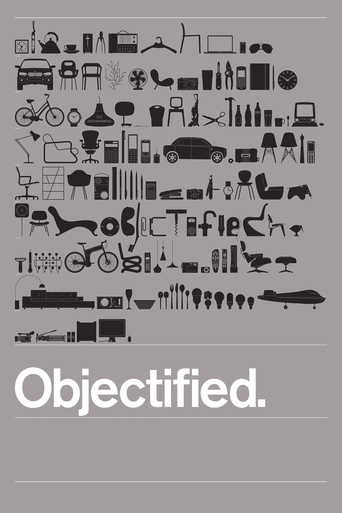
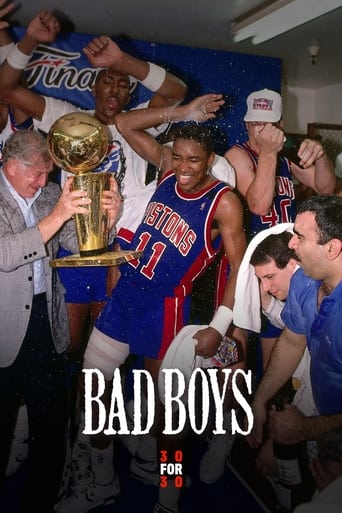


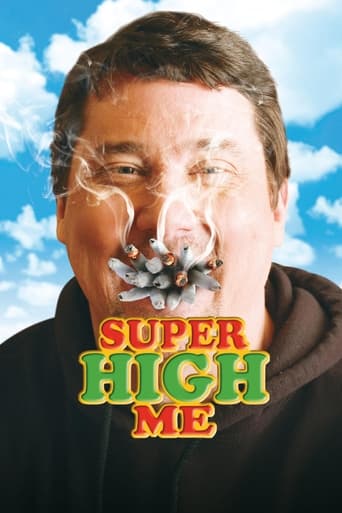
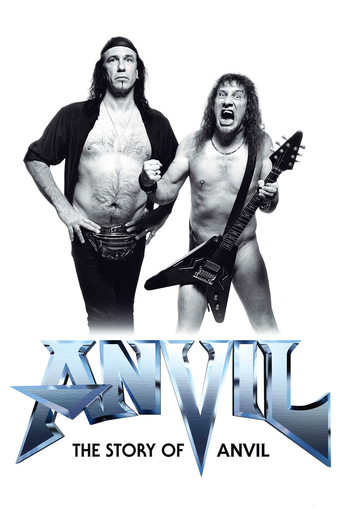
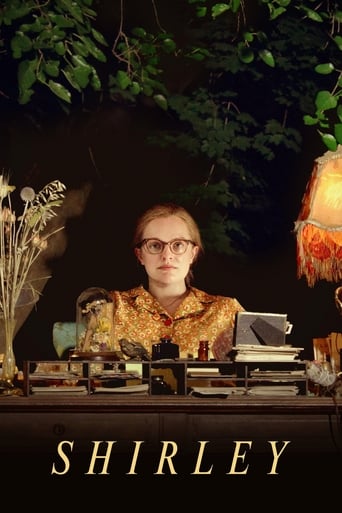
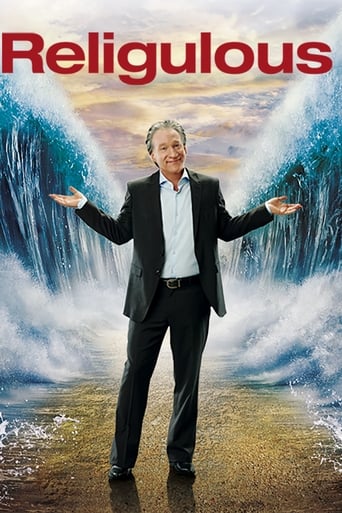
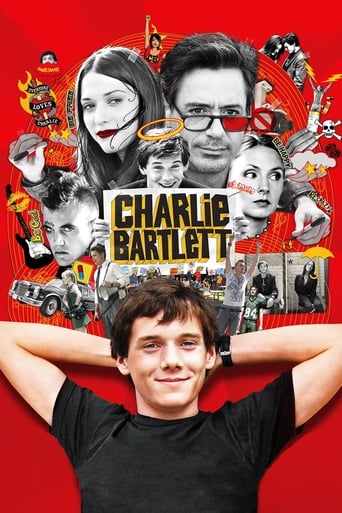
Reviews
It's no definitive masterpiece but it's damn close.
While it doesn't offer any answers, it both thrills and makes you think.
It's funny, it's tense, it features two great performances from two actors and the director expertly creates a web of odd tension where you actually don't know what is happening for the majority of the run time.
One of the worst ways to make a cult movie is to set out to make a cult movie.
A film more for the designer or artist than for the average movie-goer, Helvetica seems to float by until the viewer realizes that the various faces and opinions that the movie features are so completely subjective that the film never anchors itself and feels like a stream of talking heads.That isn't saying much, for the topic is as nebulous and fuzzy as trying to describe the color blue might be. The Helvetica font was born in the fifties and immediately impressed designers, craftsmen, typesetters, and artists with its simplicity and overall allure. As the film progresses the viewer may feel that he is being seduced into believing some subversive things, and this may be the filmmakers overall intention.The impetus for this intriguing documentary may be the number of award-winning ads that appeared in 2007 featuring the Helvetica font. One particular item is Massimo Vignelli's design for the New York City Subway map, which not only features the attractive Helvetica font, but also manages to reduce the craggy map of Manhattan and Brooklyn, and the snaking underground train lines into smooth helveticized images.Interviews in the film with Massimo Vignelli feature a cheerful self-satisfied man who seems on the constant verge of a chuckle as he talks about the indescribable allure of shapes and the feeling one gets from the Helvetica font. The man seems perfectly convinced of the belief in what he says like: "You can say, "I love you," in Helvetica. And you can say it with Helvetica Extra Light if you want to be really fancy. Or you can say it with the Extra Bold if it's really intensive and passionate, you know, and it might work." Director / Producer Gary Hustwit made the documentary in 2007 to commemorate the 50th anniversary of the font, and besides just making a film that wallows in the touchy-feely stuff that the aesthete deals with, he basically imparts a bombardment of the Helvetica font on the screen to let the viewer see how pervasive it has become, and also to suggest that the font itself may carry some subversive suggestion that possibly world peace is imaginable, and thus attainable.This may sound like a tall tale but when some of the artists intone their love of the font just "because" it feels right to them, the viewer isn't left with a whole lot of objective stuff to support sticking with the movie. In fact your eyes may begin to gloss over without some overriding point to move toward, but you will be massaged visually.Even though the majority of the film feels like a fluffy valentine to an innocuous subject (I wonder how many people really gush so over a font!), it is quite an engaging look at something that, to be useful, should seem transparent. In the eyes of most of the professionals who use Helvetica and speak glowingly about it, the font is used endlessly by everyone including pros, and amateurs alike because it has such a durable consistency and yet can be used often without becoming disengaging.Filled with examples from every corner of the world, the film may have you peering for longer periods at simple signage just for the pleasure of moving your eyes over the friendly font. Hmmm.
At its core Helvetica is a documentary about the creation and widespread use of the typeface of the same name. If that sounds boring to you, well guess what, it often is.The film, directed by Gary Hustwit, begins with the birth of the typeface. It was created in 1957 by the Swiss with the hope to create a "perfect" sans-serif typeface. As a side note, a serif is apparently the little "feet" type accents that are on letters of certain typefaces, for example Times New Roman is a serif typeface. The film speaks with several type designers, a profession that I was unaware of, including the designer of Helvetica. Once the viewer has been given an adequate background on the typeface itself, the film begins to change. It wanders away from the typeface itself and becomes a documentary about graphic design. Graphic designers express both their love and hatred for the typeface as well as its effects on the larger world of design, becoming more of a film about modernism and post-modernism as it applies to this world.Throughout the film, the director goes out into the world to shoot different signs and postings that utilize Helvetica. At the beginning, this is intriguing, often surprising the viewer with just how often this single typeface is used. However, as the director employs this technique more and more often, to the point where it seems built into the transitions, it becomes annoying. By the end, I felt like I was just being shown the same images in a film that no longer was truly just about the typeface itself.If I were a graphic designer I may have found this film more intriguing and interesting, but sadly, this is not the case. It is shot well and the interviews seem to give a balanced opinion on the use of the typeface, but as a film, it is stretched thin, feeling overlong at its lean 80 minutes.
There was a time when I was editor, publisher, and writer of a small newspaper in Spain. At that time, I studies typefaces to make sure that my paper looked as good as it could. In light of that I was interested in this documentary about the most popular typeface designed.Helvetica has been around 50 years, and is the "default" type according to Erik Spiekermann, who really gives an exciting discussion of the type.Many others chime in on the pros and cons of Helvetica. It is a fascinating journey into design. Exploring where we have been and where we are going in even the simple areas of life helps us understand who we are.
Simply a fascinating trip into the world of design and design history, and how one movement rose up, essentially saying that "you can have a certain apparent uniformity of font and design," i.e. Helvetica font and its clean modern atmosphere, but that supposedly "lockstep" appearance can in fact carry a vastly wide range of ideas, emotions, etc. Others rose up and say "no, dammit, design should be free and expressive and part of the message, and that tyranny of modern fonts represents real conformity." The documentary not only takes you into those ideas, but also in its production values and its visual expression, practices exactly what it is talking about.Great documentary, gets your mind going.
Top Streaming Movies











